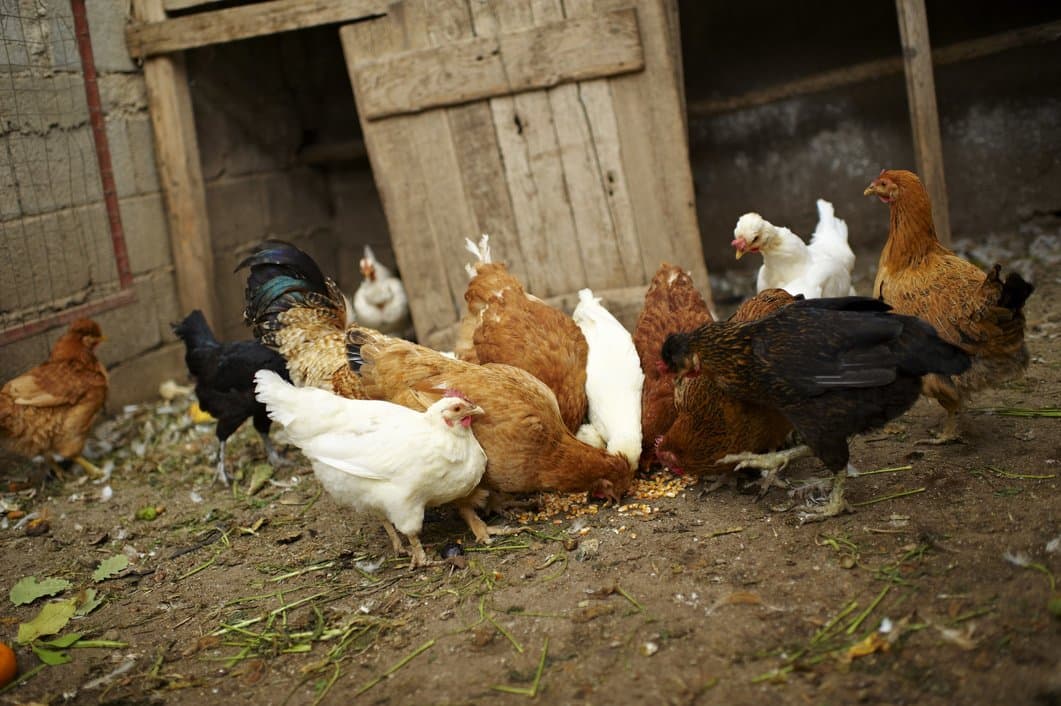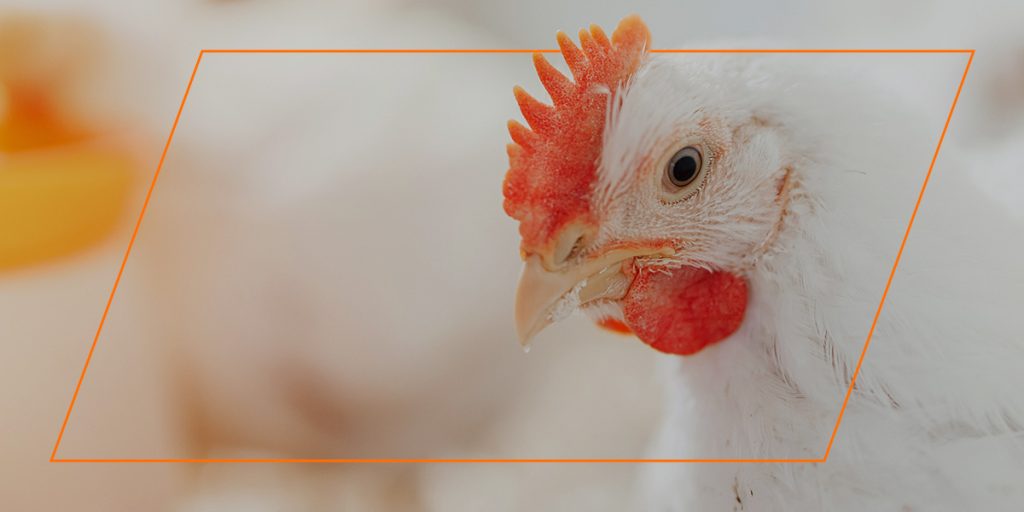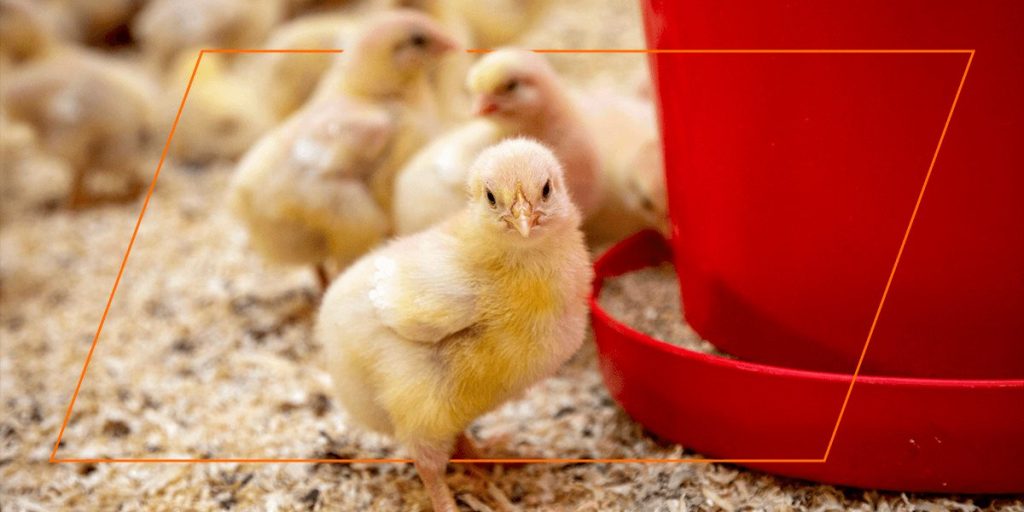Fermentation is a preservation process used in food production. It involves covering a food in a liquid and letting it rest. The organic process that takes place creates gut-healthy probiotics! This process is used to create foods like kefir, yogurt, kombucha, sauerkraut, pickles, and kimchi.
Fermenting chicken feed can provide a host of health benefits for your flock. Fermented feed for chickens can help hens stay healthy and produce heavier eggs with thicker shells. The fermentation process also makes feed more nutritionally dense by introducing B vitamins, so less feed is needed. Plus, most chickens love the taste of fermented feed, so you’ll likely experience less waste.
How To Ferment Chicken Feed?
Fermenting feed for chicken feed is relatively straightforward. To ferment feed, simply place some in a container and cover with clean, fresh water until the feed is fully underwater. Cover the container and allow the formula to rest for three days. After three days, strain out the liquid and feed the fermented feed to your chickens.
Tips for Fermenting Chicken Feed
When fermenting chicken feed, make sure to follow these tips:
- Only give your chickens what they will eat: Remove uneaten fermented food promptly, since it can become moldy.
- Experiment with feed: You can use a mix of legumes, grains, oats, and seeds. You can also ferment commercial pellets and crumble. If you have ducks or chicks, you can ferment food for them using duck or chick feed.
- Choose the right container: Use a container with plenty of room and a lid that does not fit too tightly. You want gases to be able to escape. Make sure to use a glass or plastic tub that is food-grade quality or at least BPA-free.
- Use high-quality water: You can use filtered water, good-quality well water, or tap water that has been sitting for at least 24 hours. Do not use chlorinated water. Never add yeast or vinegar, as this can create alcohol. Do not allow the feed to dry out. Keep adding as much water as needed to keep the water level above the feed.
- Keep an eye on the fermentation process: Store the container in a cool, dry location and stir multiple times a day. Keep an eye on the mix and look for bubbles. When you see bubbles, usually after about three days, the mixture is fermented and ready. The fermented feed will have sweetish smell. If mold develops or if it smells rancid, throw it out and start a new batch.
- Save the water: After you have made your first batch of fermented feed, hold onto the water you strained out. You can use this to jump-start a new batch!
Are You Looking for Organic Chicken Feed?
Using non-medicated, organic feed in your fermentation process is a great option. Nature’s Best Organic Feeds offers Non-GMO Project Verified chicken feed designed to keep your flock happy and healthy. Use our Store Locator to find a store near you where you can buy our products, and contact us if you have any questions!




